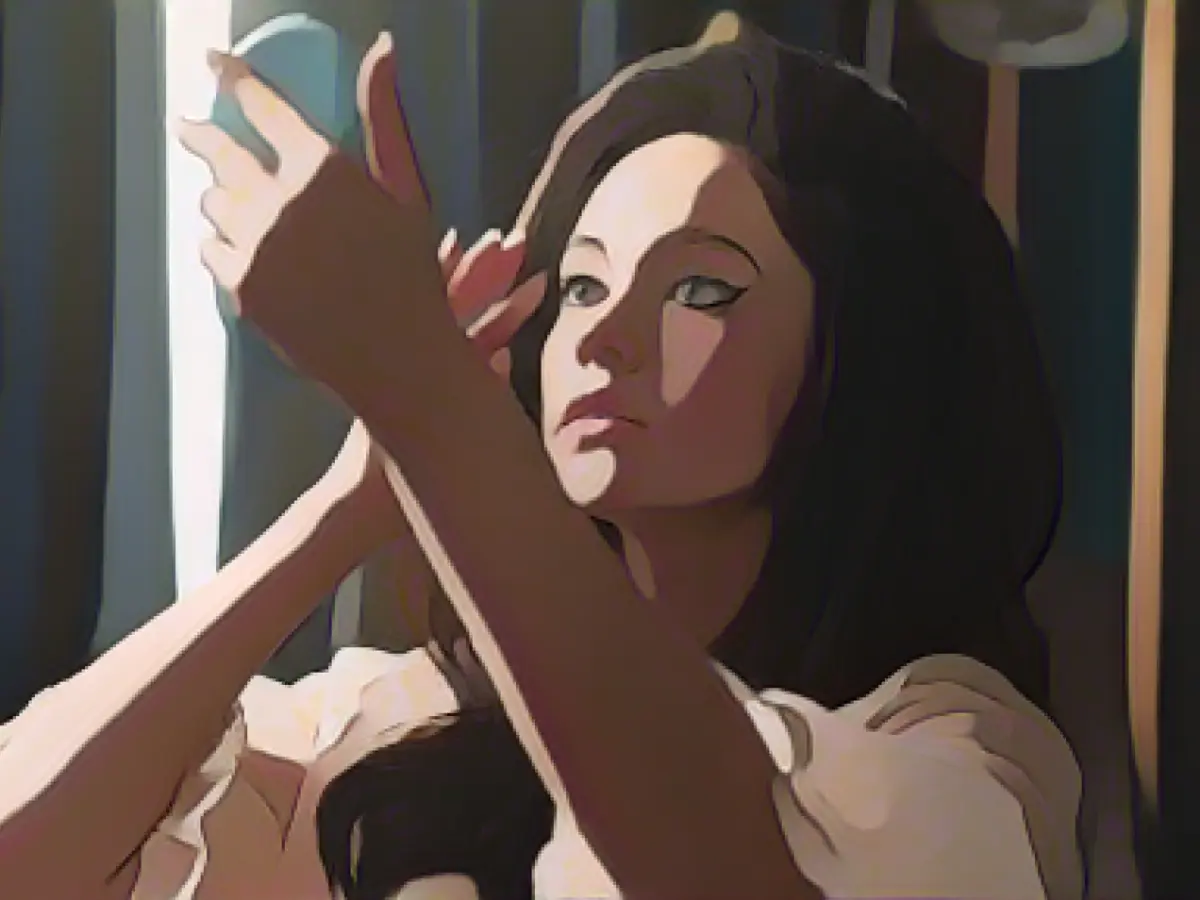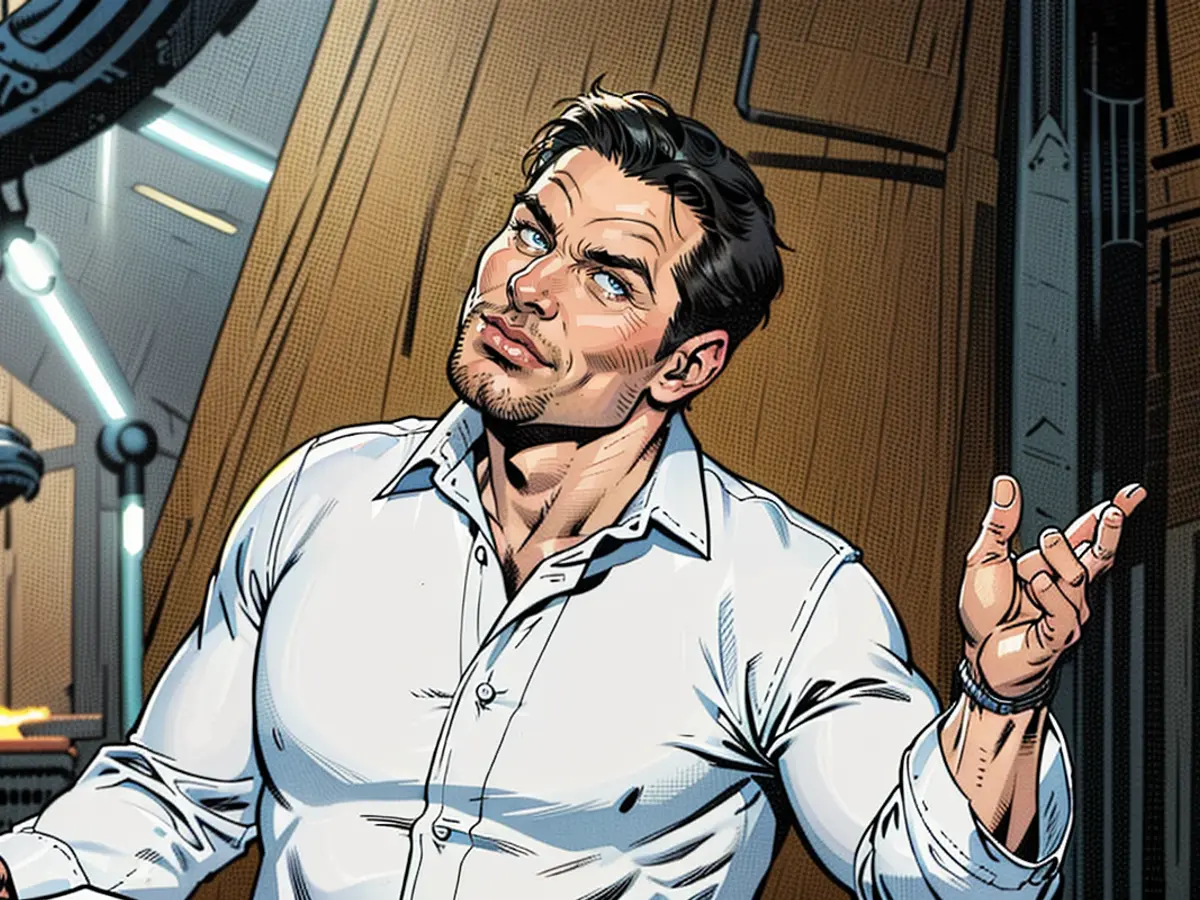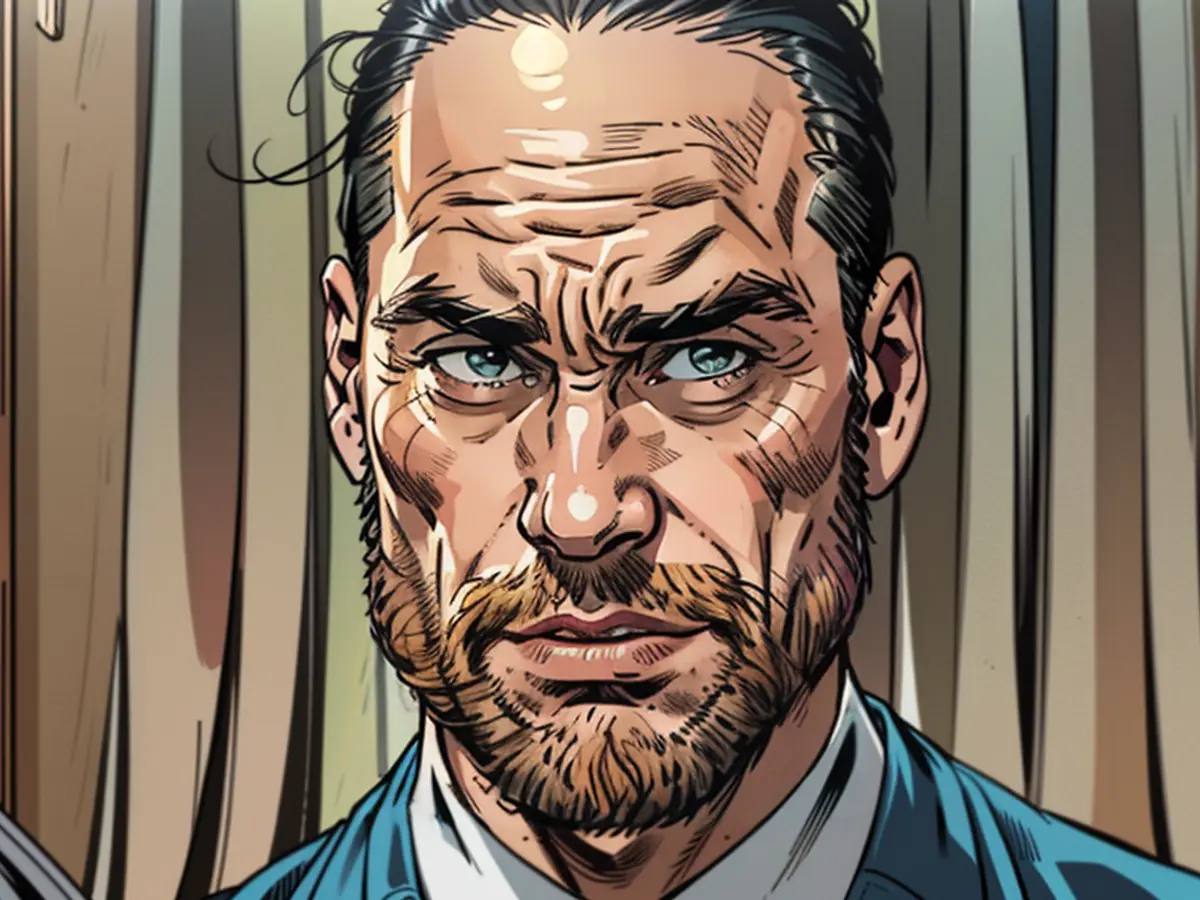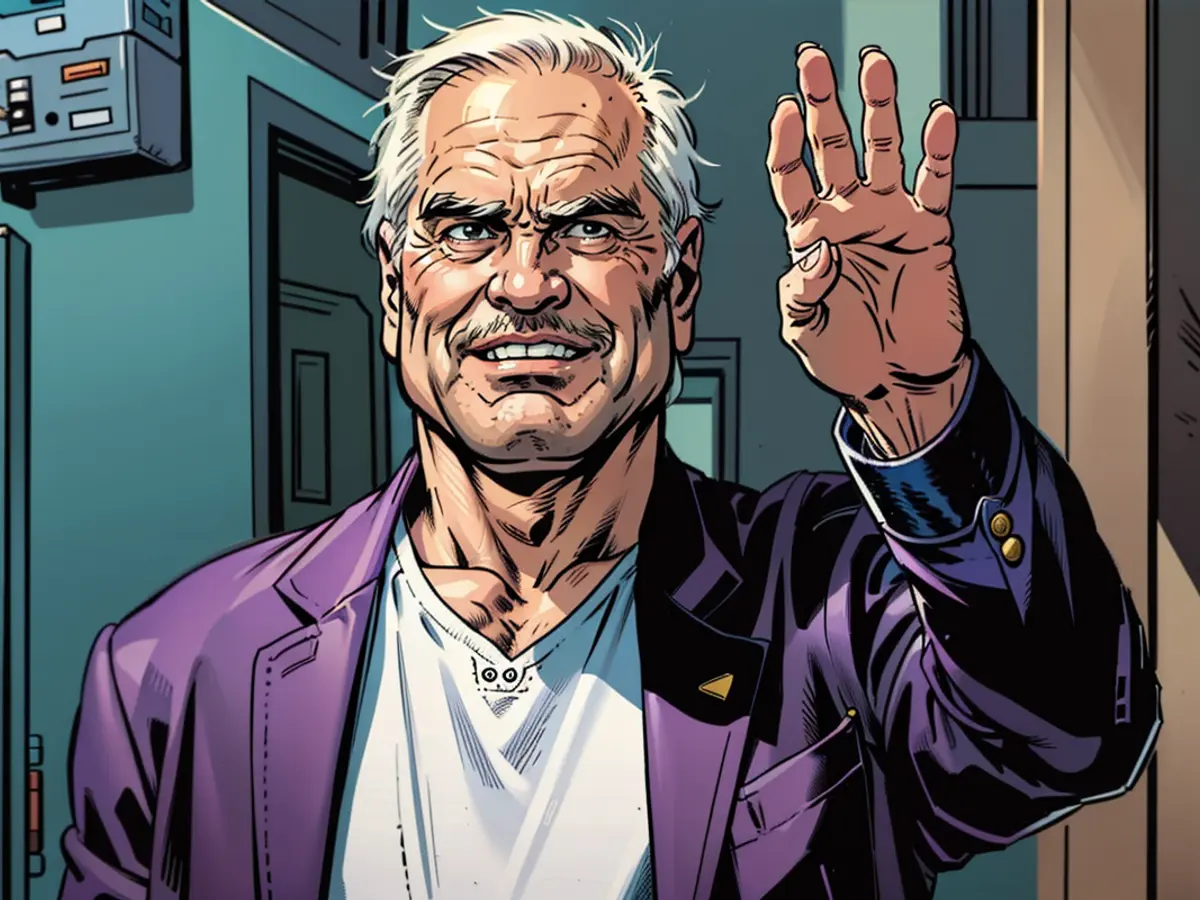"Priscilla" director Sofia Coppola - About the "dark side" of her new work
In her new biopic "Priscilla", "Lost in Translation" director Sofia Coppola (52) tells the story of the great love between the young Priscilla Beaulieu (78) and rock'n'roll legend Elvis Presley (1935-1977). But unlike Baz Luhrmann's (61) wide-ranging work "Elvis" from 2022, Coppola's more intimate, quieter and more precisely observed film focuses entirely on the experiences of the later Priscilla Presley - with all the abysses that this opens up. The independent production is told entirely from her perspective.
In an interview with the news agency spot on news, director Coppola talks about the secrets that the real Priscilla Presley revealed to her about her late husband, how she found the special visual style of "Priscilla" and the special circumstances that accompanied the production.
Ms. Coppola, what fascinated you about the original book, Priscilla Presley's memoirs "Elvis and Me", and the story of the real Priscilla? Why did you want to tell this story in particular?
Sofia Coppola: I was simply interested in the period and the roles of the women of the time, and at the same time I was surprised at how little I knew about this famous figure. So I found it interesting to discover her experiences, which of course seemed like an American dream from the outside. I wanted to find the human side and also the dark side in it.
You explained that you didn't want to cast two actresses for Priscilla Presley - once as a teenager, and then later in her twenties. So to what extent was Cailee Spaeny the right cast for the lead role in "Priscilla"?
Coppola: That's right. It's amazing how young Cailee can look. She's in her mid-20s, but I thought she just had such a baby face, but at the same time a maturity and depth so that she could really go through the transformation in a believable way.
What were your influences or resources for creating the unique visual style of "Priscilla"? In "Vogue", for example, you reported that you looked at photographs by William Eggleston for inspiration before you started filming?
Coppola: Yes, he's one of my favorite photographers and he was shooting pictures in the South at the time, so the first thing that came to my mind was to look at his photos. I just love the color of that era and the specific way people dressed in hues that you don't even see anymore. Also the colors of the cars. It just really helped. And he shot a series of photos at Graceland, showing details like the curtains or little figures in the mansion. So I thought of those photos for the opening sequence - and generally whenever it was about Graceland.
What was particularly important to you when choosing the costumes and dresses for "Priscilla"? Why did you choose Chanel and Valentino, for example?
Coppola: It was because we were a small, low-budget film. We needed all the help we could get. So Stacey [Battat], the costume designer, said, "Do you think we can ask Chanel for help?" Because I'm friends with the designer. The wedding dress is also such a big, big moment, and they have an incredible couture studio with every kind of lace. So I knew they would make something beautiful, so I asked them if they would make an interpretation of the wedding dress for us. Chanel likes to support movies, and it was great to have that.
Valentino, on the other hand, makes menswear and made some beautiful suits and dresses for Jacob Elordi. That contributed a lot to the look of the movie.
Some reviews of your new film say that the size difference between your two stars, Jacob Elordi and Cailee Spaeny, symbolizes the power imbalance between the two characters and Elvis' behavior, which occasionally borders on the predatory. Was that your intention when casting Jacob Elordi?
Coppola: No, I didn't cast him because of his size. In truth, I cast him for his abilities and his personality. He has qualities that I wanted to show in the character, is so charismatic and also has a sensitive side that I knew could show the vulnerable side of Elvis.
It turned out that he was very tall and she was very short. When we brought the two actors together, it was a challenge to film them. And I actually think it's ultimately a physical reminder of the story and the dynamic between them. I think you just try to use everything to your advantage. You end up using everything you can use.
Priscilla Presley is listed as an executive producer of the movie. Can you please tell us about her role in the production? Did she visit the set or was she involved in the writing process?
Coppola: She allowed me to adapt her story. I then wrote the script. She read it afterwards, gave me feedback and answered questions.
But through it all, she really gave me the space to make the movie the way I wanted to. Priscilla Presley didn't visit the set. She didn't want to make us nervous and didn't look over our shoulders while we were filming, but she really wanted to give me my space.
I showed her the movie when it was finished and she was really touched by it. She had the feeling that it really showed what her life was like. That was so important to me.
Were there any very surprising or unexpected things that you learned from Priscilla Presley? Something that wasn't mentioned in her book, for example, or a special moment that surprised you?
Coppola: I felt exactly the same way reading her book - I found out so many different things through her memoirs. But yes, she also told me in detail about details, not shocking details, but little details that I put in the movie, like Elvis memorizing the dialogue from old movies. I wanted to show that he really wanted to become a serious actor. I thought that was important.
This particular scene from "Priscilla" is not from Priscilla Presley's memoirs?
Coppola: I don't think the visit to the movie theater is in the book. She told me that. And I felt it would be a nice way to show both the beginning of their relationship and his real artistic ambitions.
What went through your mind when you found out that you weren't allowed to use original songs by Elvis Presley for "Priscilla"? Did this force you to change your plans or perhaps even question the entire project?
Coppola: No, I knew all along that they were very protective of the Elvis brand and the business side. With projects that don't involve the estate, there's a possibility of not getting permission to use his music. So I was always aware of that. But I thought it might work because Priscilla Presley is involved as a producer. When we found out it wasn't going to work, we just had to get more creative in building the world. We then focused more on her.
Read also:
- Lifestyle 2023 from "Breathless" to cinnamon buns
- Unanimous decision: faster wolf culls possible
- New Year's Eve fireworks: What applies in other countries?
- Ban on New Year's Eve fireworks: no bangs here
Sofia Coppola, the director of "Priscilla", shares her fascination with the book "Elvis and Me" by Priscilla Presley and explores the experiences of women in the past. She found Cailee Spaeny to be the perfect fit for the lead role due to her youthful appearance and depth. Coppola was inspired by William Eggleston's photographs for creating the visual style of "Priscilla". In the film, Chanel and Valentino contributed to the costumes and dresses, with the wedding dress being a particular focus. The size difference between the lead actors Jacob Elordi and Cailee Spaeny is seen as symbolizing the power imbalance in their relationship. Priscilla Presley, listed as an executive producer, allowed Coppola to adapt her story, gave her feedback, and was pleased with the final product. Cailee Spaeny revealed that Elvis memorized dialogue from old movies to pursue his acting ambitions. Despite not being able to use original Elvis songs due to business restrictions, Coppola managed to build a compelling world around Presley's story.
Source: www.stern.de







